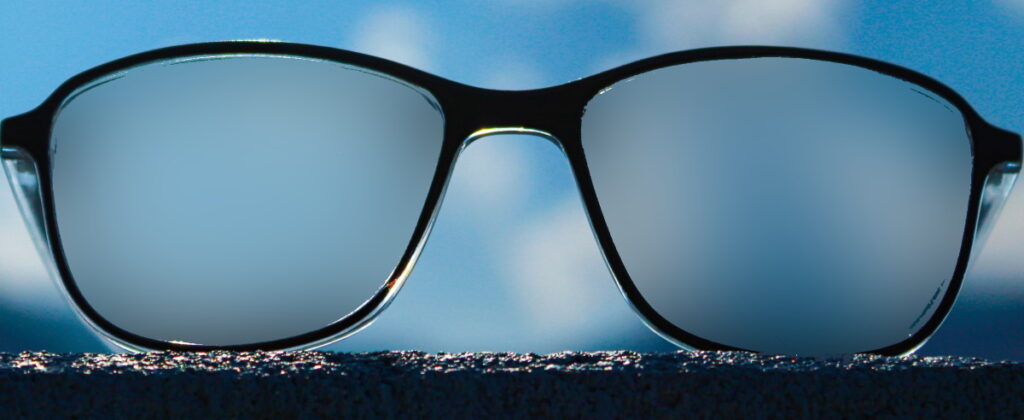By Jim Bullock, January 2021.
Over the last year, the prolonged pandemic has caused all of us to ask ourselves new questions. For instance, there has been a lot of valuable discussion and learning on various topics of science and statistics. The recent start of the coronavirus vaccination campaign has meant well-deserved praise for those scientists who have worked tirelessly to devise, test and scale-up several different vaccines. For those of you able to view it, the recent BBC documentary which focuses on the Oxford-AstraZeneca vaccine designed by Professor Sarah Gilbert, is highly recommended.
For formulators amongst us, vaccine formulation and stability are very interesting topics. For instance, the Pfizer-BioNtech and Moderna vaccines are based on novel mRNA which has to be protected in a lipid nanoparticle (LNP) formulation containing a number of lipids as well as salts and sucrose. Despite the use of this nanoformulation, these vaccines still have to be stored at very cold temperature. In contrast, the Oxford-AstraZeneca vaccine is based on more conventional vaccine technology that does not require protection by lipid particles and the vaccine can be stored under conventional refrigeration. Could formulations do even more for vaccines? Just today, as I was writing this article, the head of the UK’s vaccine task force called for improved coronavirus vaccine formulations (e.g. oral, buccal, nasal or patch formats) which could avoid the need for injections and cold storage.
Another topic of interest to formulators has been sanitisation. Suppliers have stepped up and provided huge quantities of various different sanitiser formulations. Those of you with an interest in sanitiser formulation, application, efficacy and regulations should take a look at “Sanitising the World”, an upcoming online event (free of charge) on these topics from the SCI’s Formulation Forum.
Those of us who wear spectacles have probably also encountered another formulation issue. When worn together with a face covering, our specs can become severely fogged as exhaled water vapour condenses on cold lenses. While this might seem like a “first world problem” in comparison to some other coronavirus challenges, anything that makes it more likely for people to wear face coverings properly has to be a good thing. And masks do help to reduce the risk of coronavirus transmission as Dr Josh Robinson from the University of Bristol pointed out recently in another Formulation Forum event.
Faced with this foggy problem myself, my first move was to try out (using an old pair of specs) the trusty anti-fog spray that I normally use for my swimming goggles (swimming being a distant memory at the moment). A field trial on my weekly supermarket trip was successful. I shouldn’t have been surprised; the anti-fog formulation contains non-ionic surfactants which act to reduce the surface tension of water droplets forming on the lens. This causes droplets to coalesce, spread and form a thin transparent film instead of allowing condensed droplets – which would scatter light – to remain.
Emboldened by this, I tried out the spray on my new glasses. This time however, the spray totally failed to wet the lenses and dried as a patchy mess. Needless to say, this treatment failed to prevent fogging. The reason: my new specs have an anti-reflection coating on them. These coatings are typically made of an inorganic material such as magnesium fluoride which is highly hydrophobic and therefore conventional surfactants aren’t up to the job of wetting the lens surface. Luckily my esteemed colleague, David Calvert came to my rescue and recommended an alternative product which works successfully on anti-reflection lenses. On further investigation, I discovered that this formulation contained tetrafluoropropanol and perfluoroopolymethylisopropyl ether, both of which are much more effective at wetting highly hydrophobic surfaces than conventional surfactants.
So, what conclusions can we draw from this? Well for the formulator – make sure you know and understand the surfaces you are working with and the limitations of your surfactants. And for everyone – wear a mask!


